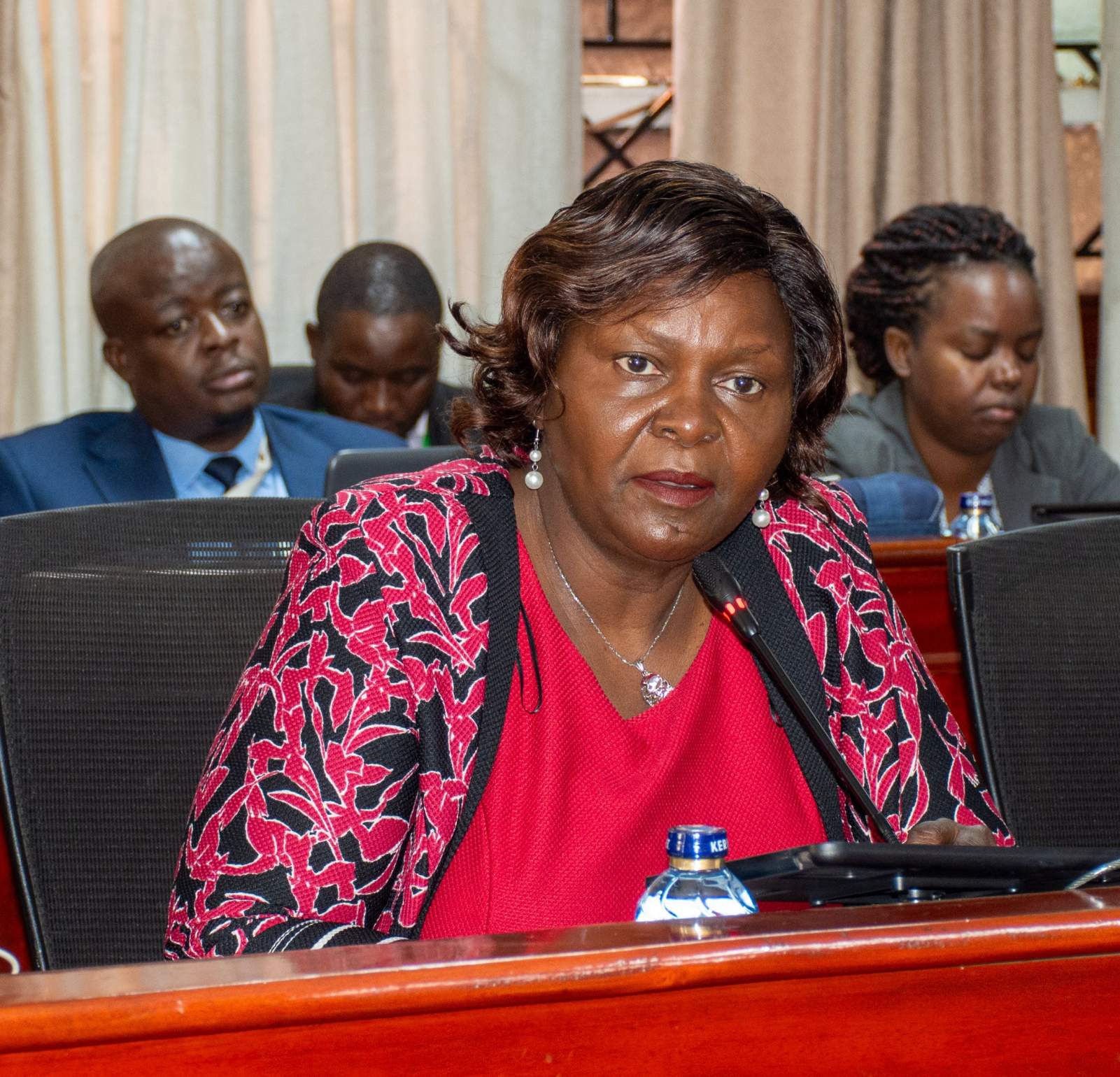A fresh dispute has erupted over the Commission on Revenue Allocation’s (CRA) new revenue-sharing formula, with 31 counties set to lose at least Sh7.74 billion if Parliament approves the proposal.
Senators representing affected regions have vowed to fight the changes, arguing that the formula unfairly favors certain counties.
The proposed formula comes as CRA seeks to implement a new revenue distribution framework starting in the 2025-26 financial year.
While the commission insists that no county will lose funding if Parliament raises the total allocation to Sh417.42 billion, the National Treasury has proposed a lower figure of Sh405 billion, meaning some counties will inevitably lose out.
“In implementing the Fourth Basis, a cushioning and stabilization factor has been built into the framework to ensure no county government gets less than what they were allocated in the financial year 2024-25,” CRA chairperson Mary Chebukati stated in a report to the Senate.
However, an analysis by the Senate Finance and Budget Committee shows that some of the biggest losers in the proposal include Nairobi, Nakuru, Turkana, Kakamega, and Kilifi.
Nairobi is set to lose Sh611 million, with its allocation dropping from Sh20.17 billion to Sh19.56 billion.
Nakuru’s share will decrease by Sh414 million, Turkana by Sh400 million, Kakamega by Sh393 million, and Kilifi by Sh369 million.
The formula gives population the greatest weight at 42 percent, up from 18 percent in the current framework but lower than the 45 percent weight it had in previous formulas.
Geographical size is weighted at nine percent, up from eight percent, while the equal share parameter rises from 20 percent to 22 percent. The poverty index remains unchanged at 14 percent.
“To facilitate service delivery, the recommendation provides for an equal minimum allocation across all counties, using population and geographical size as the key transfer parameters,” said CRA member Wanyonyi in the Senate report.
One of the key changes in the formula is the introduction of the income distance index, which has been assigned a weight of 13 percent.
CRA argues that this factor is meant to address economic disparities and promote equitable development among counties.
The adjustments mean that counties like Kitui, Machakos, Kisii, Narok, and Kwale will also face reductions.
Kitui is projected to lose Sh330 million, Machakos Sh291 million, Kisii Sh282 million, Narok Sh280 million, and Kwale Sh261 million.
Others facing revenue cuts include Makueni (Sh257 million), Uasin Gishu (Sh257 million), Kisumu (Sh255 million), Bungoma (Sh250 million), and Meru (Sh242 million).
On the other hand, 16 counties stand to gain from the proposed formula, with Garissa and Marsabit emerging as the biggest winners.
Garissa will see an increase of Sh1.82 billion, while Marsabit will gain Sh1.53 billion. Other counties set to benefit include Isiolo (Sh869 million), Kajiado (Sh720 million), Wajir (Sh569 million), and Lamu (Sh398 million).
The proposed changes have sparked an uproar among senators whose counties face budget cuts.
Nyamira Senator Okong’o Omogeni argued that the formula undermines devolution and will hinder service delivery in affected regions.
“If you come with a formula that is going to reduce money from some devolved units and deny them the ability to perform their functions, then that is not a formula that should get the support of the Senate,” Omogeni stated.
He pointed out that a significant portion of the additional Sh30 billion in revenue under the new formula would benefit only a handful of counties.
“For example, Wajir, Mandera, Garissa, and Marsabit are getting Sh7 billion more. From the total addition of Sh30 billion, Sh7 billion only benefits four counties. I think that is very unfair,” he said.
Kitui Senator Enoch Wambua questioned the introduction of the income distance index in the formula, asking, “I have serious issues with income distance as a parameter. Where has that thing come from?”
Similarly, Kirinyaga Senator James Murango warned that senators from affected counties would not support a formula that disadvantages their regions.
“Those senators whose counties are losing money are opposing, and those gaining revenue are supporting the formula. And it’s okay,” he said.
According to Article 217 of the Constitution, the revenue-sharing formula must be reviewed every five years.
However, the Sixth Schedule of the Constitution provides that the first two determinations of revenue-sharing should be conducted at three-year intervals.
The new CRA proposal, if approved, will guide revenue allocation from 2025-26 to 2029-30.
The debate now shifts to Parliament, where lawmakers must decide whether to increase the total allocation to prevent losses or approve the formula as it is, risking a heated political standoff.

